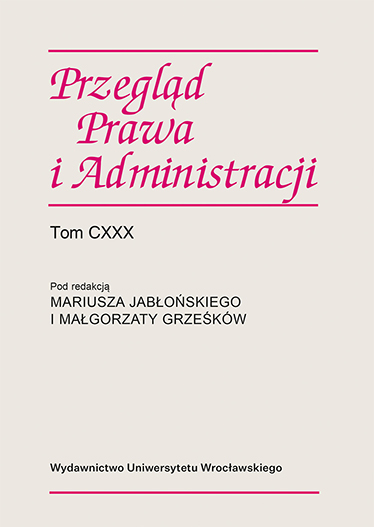

Articles

The issue discussed in this article is intentional crime against life, health or liberty — committed by the person entitled to a statury share against the testator or one of the testator’s closest person — as the cause for disinheritance. This institution is included in the provision of Art. 1008 point 2 of the Civil Code. It is a “borderland” regulation of civil and criminal law. The terms contained therein (for example: intentional crime against the life, health or liberty of the testator or the testator’s closest person; the testator; person closest to the testator) should be viewed from an appropriate perspective of either criminal or civil law. The validity of the use of disinheritance described in Art. 1008 point 2 of the Civil Code may be put in doubt for example, if: the testator is voluntarily involved in some situations in the concrete crime on the perpetrator’s side; the crime committed is characterized by low social harm; the acts understood as the cause of disinheritance occurred many years earlier. Nevertheless, in order to remove these doubts (at least partially), a concrete de lege ferenda proposal is put forward.